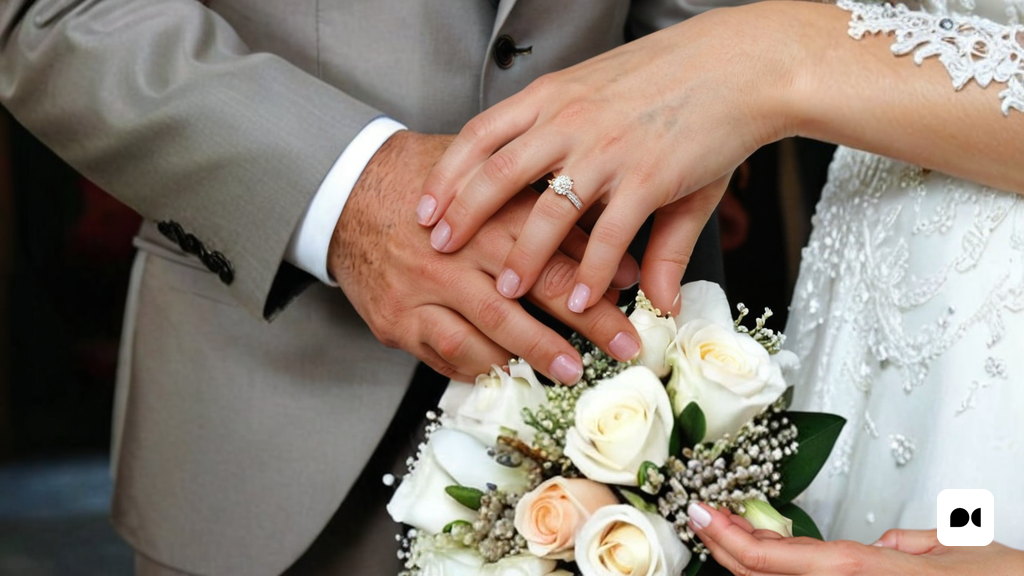A Transformation in Marriage Preferences
In the last ten years, there has been a notable change in marriage patterns in Castilla-La Mancha, reveals a recent study titled ‘Marriages in Spain’, carried out by the prestigious business school TBS Education-Barcelona. The data shows that religious marriages have suffered a marked decline, falling from 44% in 2013 to 28% today.
On the other hand, civil marriages have experienced a constant increase in the Castilla-La Mancha region, going from 56% in 2013 to 72% in 2022. Although this increase is significant, civil marriages in the community have always been below the national average.
Regional Comparison
When contrasting with other autonomous communities such as the Valencian Community, where religious marriages have been consistently below the Spanish average, the marked change towards civil marriages in Castilla-La Mancha stands out, with an increase of 16 percentage points.
However, it is important to note that all regions of the country are experiencing a transition towards a greater preference for civil marriages, although at different rates.
Economic Influence?
The study also examined whether the type of marriage is related to GDP per capita. Dr. Edgar Sánchez, expert in Consumer Behavior and Neuromarketing at TBS Education-Barcelona, found that in 47% of the autonomous communities there is a significant correlation between higher income and the choice of civil marriages.
However, it is noted that this association should be interpreted with caution, since GDP per capita does not necessarily reflect individual income.
European Perspective
Spain has one of the lowest marriage rates in the European Union, with an average of 3.3 marriages per thousand inhabitants in the last decade, while the European average is 4.1.
In contrast, countries like Germany have maintained a marriage rate above the European average, even reaching 5.4 marriages per thousand inhabitants in 2018. According to Dr. Sánchez, this phenomenon is partly due to population decline.

